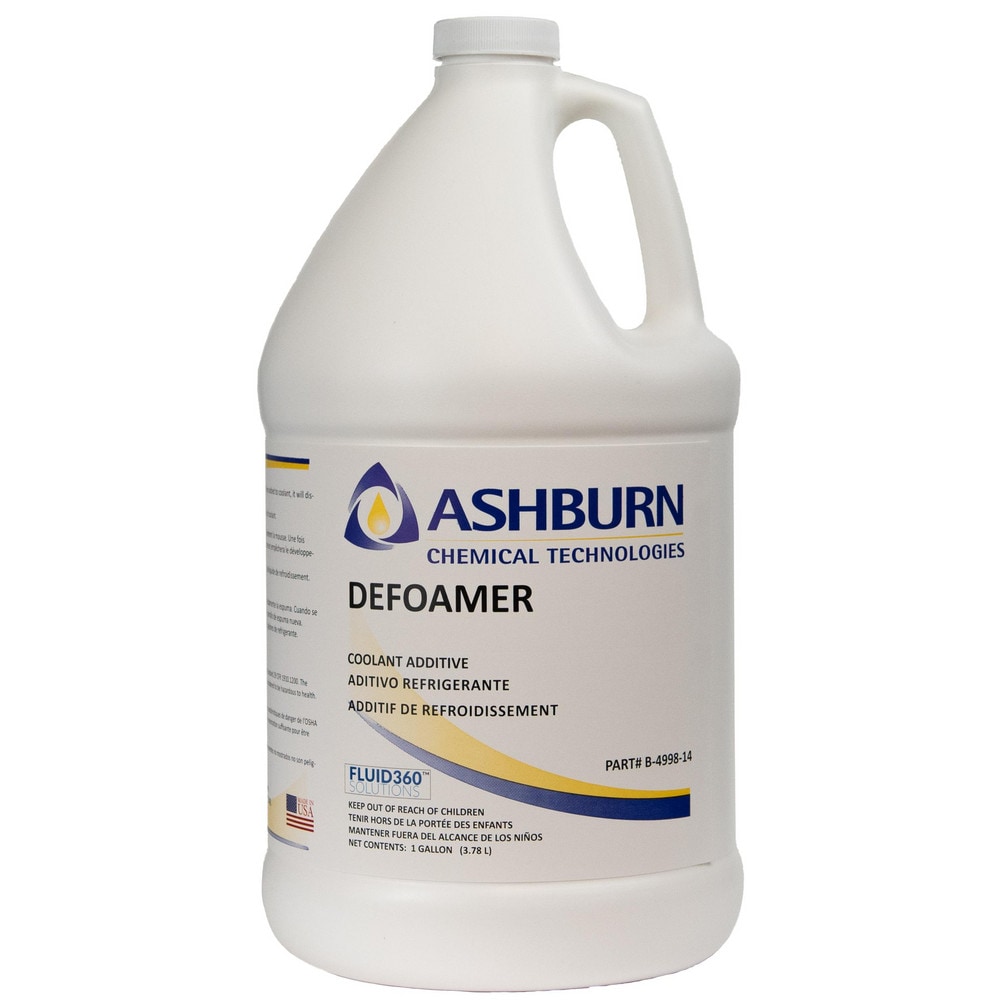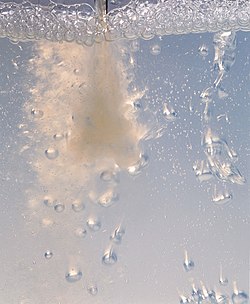How a Chemical Defoamer Can Improve Efficiency in Your Workflow and Procedures
In today's competitive industrial landscape, functional performance is paramount, and the function of a chemical defoamer can not be ignored. By dealing with foam-related challenges that interrupt procedures, defoamers not just assist in smoother operations however additionally add to cost savings and improved item top quality. Their influence spans numerous sectors, making them an essential consideration for those seeking to enhance efficiency. Nonetheless, recognizing the particular advantages and applications of defoamers elevates vital inquiries about their selection and implementation. What variables should you take into consideration to optimize their performance in your procedures?
Comprehending Chemical Defoamers
Chemical defoamers play a critical duty in various industrial procedures by properly stopping and decreasing foam formation. Frothing can bring about operational inadequacies, boosted production costs, and endangered product quality. Defoamers are specialized chemical ingredients created to disrupt the security of foam bubbles, consequently allowing smoother processing and boosted performance throughout a number of industries, consisting of food and beverage, drugs, and wastewater therapy.

These representatives usually are composed of surfactants, oils, or polymeric compounds that reduced the surface area tension of the fluid, promoting the collapse of foam. The mechanism by which defoamers run frequently involves the destabilization of foam structures, enabling quicker drainage of fluid and the launch of caught air. Various formulations are customized to specific applications, taking right into account elements such as compatibility with the system, temperature level, and the nature of the liquid being treated.
Recognizing the structure and capability of chemical defoamers is important for choosing the appropriate product for an offered application. By optimizing defoamer choice based upon process demands, sectors can enhance operational effectiveness, minimize foam-related obstacles, and ultimately boost general efficiency.
Benefits of Making Use Of Defoamers
Making use of defoamers can considerably boost operational performance across numerous sectors by efficiently mitigating foam-related concerns. The presence of foam can interfere with processes, resulting in raised downtime, lowered efficiency, and possible top quality deterioration in final result. Defoamers aid deal with these difficulties by breaking down foam structures, thereby permitting smoother procedures.
Among the primary benefits of making use of defoamers is the reduction of waste and rework. By reducing foam development, defoamers boost the consistency of procedures, making sure that materials are utilized effectively. This not just decreases functional expenses but likewise adds to sustainability efforts by minimizing source usage.
Furthermore, defoamers can boost product top quality. In manufacturing settings, excessive foam can cause disparities in product characteristics, affecting client contentment. By regulating foam levels, defoamers help maintain the desired physical properties of items.

Applications in Various Industries
The effectiveness of try these out defoamers prolongs throughout a vast array of sectors, where their application addresses particular foam-related difficulties fundamental to each industry. In the food and drink industry, defoamers are important for enhancing production processes, such as brewing and dairy products handling, where too much foam can prevent circulation prices and lower effectiveness. By lessening foam, these representatives boost item top quality and consistency.
In the chemical production industry, defoamers are employed in processes like paint manufacturing and wastewater therapy. Right here, they prevent foam formation that official site can hinder blending and separate phases, consequently enhancing the total efficiency and performance of operations.
In pharmaceuticals, defoamers play a crucial role in the solution of fluid medications, making sure correct dosage and stability by managing foam during mixing and storage space. (Chemical Defoamer)
Furthermore, in the farming market, defoamers are made use of in pesticide formulas to boost application performance and reduce waste.
Selecting the Right Defoamer
Choosing the suitable defoamer is crucial for accomplishing optimum efficiency in numerous applications. The selection procedure should start with a detailed understanding of the specific problems available, including the kind of foam existing, the handling problems, and the chemical compatibility with other formula elements.
Defoamers are created from a selection of materials, including silicone, mineral oils, and fats. Determining the right make-up is essential, as different materials show varying effectiveness in varied environments. For circumstances, silicone-based defoamers are usually preferred in high-temperature applications due to their security, while natural defoamers might be preferable for water-based systems.
Furthermore, take into consideration the defoamer's influence on the end product. Some formulas can modify the aesthetic or useful buildings, making it important to select a defoamer that meets product specs without jeopardizing quality.
Evaluating is another essential action in choosing a defoamer. Small-scale tests can offer beneficial understandings into the defoamer's efficiency, permitting modifications prior to full-blown implementation. By very carefully evaluating these variables, companies can improve performance and make her explanation sure that the defoamer effectively meets their functional demands.
Ideal Practices for Application
Carrying out a defoamer successfully needs cautious planning and adherence to finest methods to maximize its effectiveness. Perform an extensive evaluation of the particular application and foam characteristics. Comprehending the kind and source of foam will certainly lead the choice of one of the most appropriate defoamer solution.
Next, develop the optimal dose (Chemical Defoamer). Start with a small trial to establish the minimum efficient focus, as extreme use can lead to negative results on item top quality or functional effectiveness
Tracking and changing the application technique is important; make sure that the defoamer is presented at the best point in the process for maximum impact, such as throughout blending or quickly after foam development.

Furthermore, preserve clear communication with all pertinent workers to make certain consistent application methods and to share understandings on performance results.
Verdict
In final thought, the application of chemical defoamers plays a pivotal function in boosting functional efficiency across varied sectors. By effectively destabilizing foam, these agents assist in quicker water drainage and air launch, thereby reducing interruptions and lowering costs. The strategic application of defoamers not only enhances throughput however additionally makes certain consistent product top quality and source optimization. Ultimately, the incorporation of defoamers into industrial processes fosters integrity and contributes to total efficiency enhancement.

In the food and beverage market, defoamers are crucial for enhancing production procedures, such as brewing and dairy products handling, where extreme foam can prevent flow rates and minimize efficiency. Silicone-based defoamers are often preferred in high-temperature applications due to their stability, while organic defoamers might be extra suitable for water-based systems.